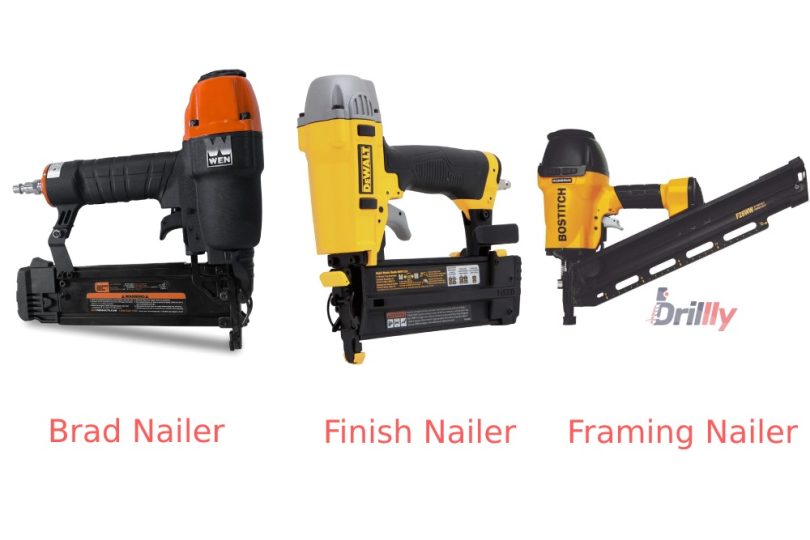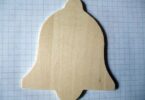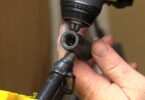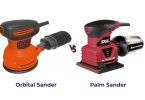Not sure how to pick the right nailer for your next project? Here we will introduce you to brad nailers, finish nailers, and framing nailers, and what gauge nails suit what types of nail guns.
Let’s dig deeper and see which one you need as a home-based DIY enthusiast!
Brad Nailer vs Finish Nailer vs Framing Nailer: A Quick Look
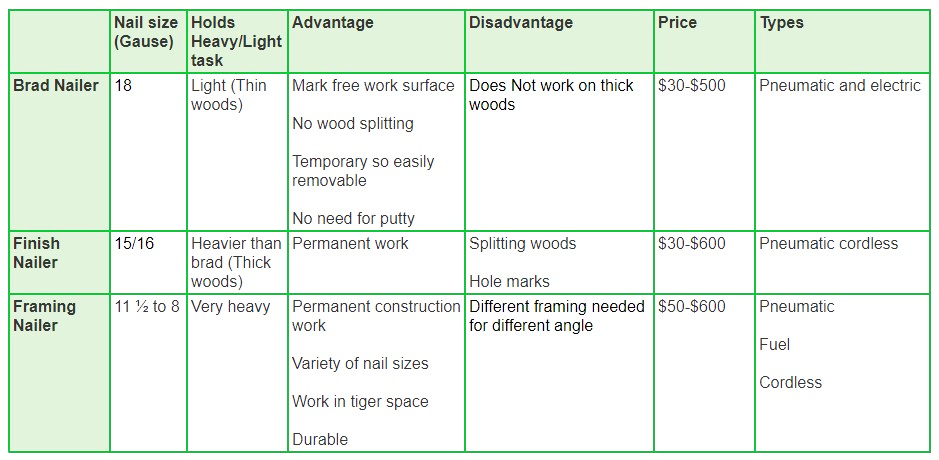
Brad Nailers
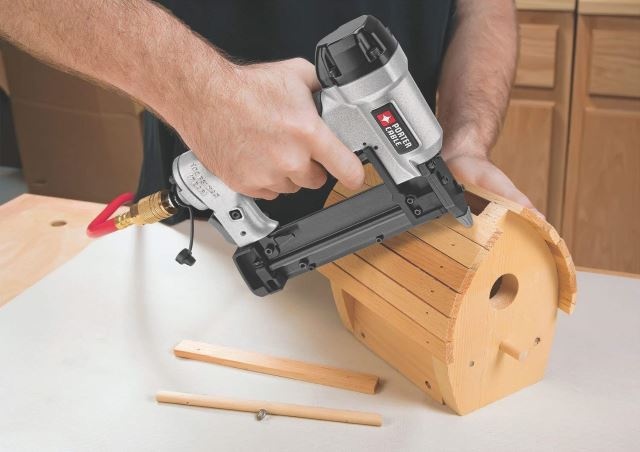
Brad nailers are used to shoot thin woods with 18-gauge nails.
You need to choose the right brad length for the best result. The rule of the thumb is, it should be three times longer than the thickness of the material you are working on.
Nails for brad nailers
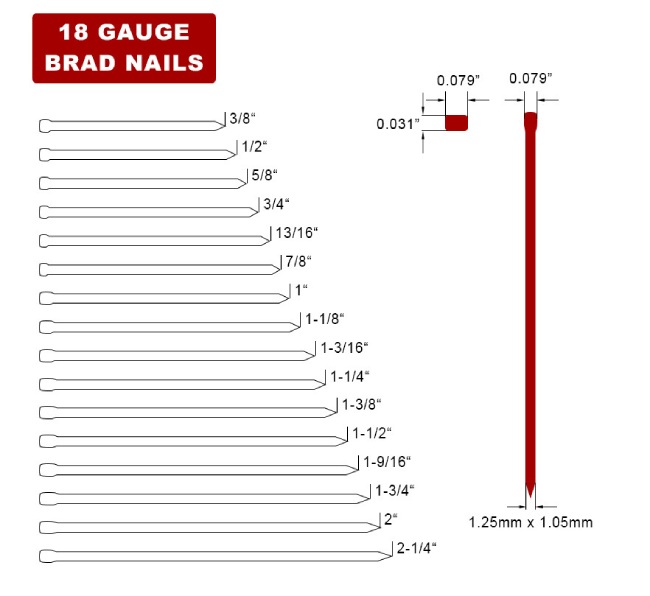
The higher the gauge number, the thinner the nail.
Since the 18 gauge nail is thin, it leaves small holes. Here the number 18 refers to the thickness /diameter of the nail. The length is ½ to 2 inches.
18 gauge means 18 nails for every inch. They have tiny heads or no heads at all and come in different shanks e.g. spiral, smooth, ring, and fluted.
Made from different types of materials such as alloy steel, aluminum, carbon steel, galvanized steel, and brass, their price differs depending on the size and materials.
Pros of brad nailers
- Provide a smooth surface after nailing
- No need to apply putty since there are no holes
- Hold things for some time so you can easily remove them later
- No splitting of woods
Cons of brad nailers
- Unable to do heavy works
- Thick wood can’t be nailed
Finish Nailers
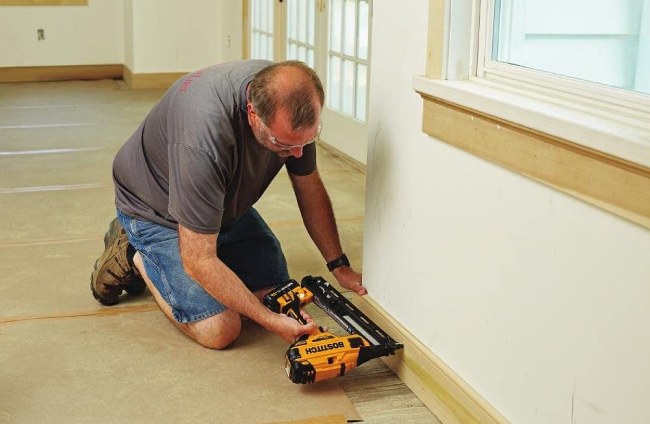
Finish nailers have thicker nails than brad nailers, which means more holding power. With 1 to 3 ½ inches in height, they can shoot 14 to 16-gauge nails and are designed for small detailed works like nailing around windows and doors.
Types of finish nailers
You will find them with only one type of head because they are so small that having different types of head has no functionality at all.
Finish nailers are great for angle-shooting and straight-shooting. If you need to shoot in small and angled places then you need these types of nailers.
Straight nailers have straight magazines while angled nailers have angled nails. Angled nailers can help you nail in hard-to-reach corners.
Nails for finish nailers
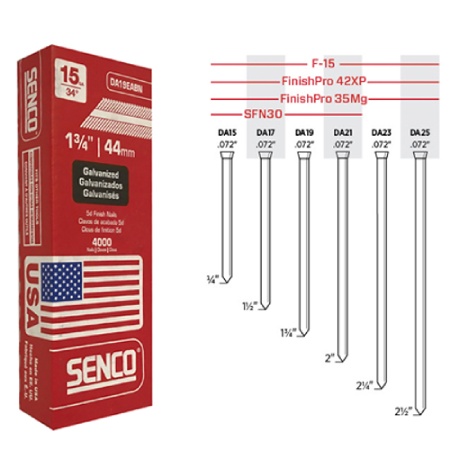
Finish nailers come in angled and straight shapes. The 1000 stainless steel-made 16 gauge 34-degree angled nails will cost you around $30. However, angled nails are usually more expensive than straight nails.
Pros of finish nailers
- They can attach harder, thicker woods better than brad nailers
- They can handle more weight than brads
- Help maintain permanent work
Cons of finish nailers
- May split woods
- Need putty to cover the hole they leave
- Harder to remove without ruining the object
Framing Nailers
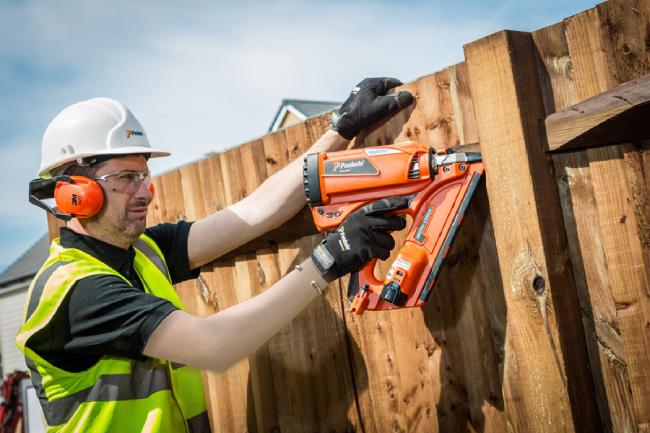
Framing nailers are designed for heavy applications and contain different nails for differently angled magazines. For example, a 28-degree magazine cannot accommodate 21-degree nails.
They actually have specific 28-degree nails. We recommend that you use 21-degree nails at hard-to-reach areas and 28 degrees to hold heavier weight than 21 degrees.
Types of framing nails and nailers
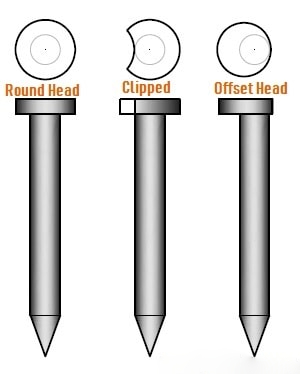
Depending on the three types of head, you will find three different types of nailers.
a) Round head
They are mostly used because they are accepted in most building codes. More reliable than others, they sit smoothly on the materials. Both 15-and 21-degree framing nail guns have them.
The differences are, the 15-degree is wire-coil collated whereas the one with 21-degree is plastic-collated. The 21-degree also needs more reload than 15 but it gives better access to tighter corners.
Pro tip: Don’t forget to wear protective glasses when working with 21-degree nails as they have plastic collation.
b) Clipped head
The semi-circled head facilitates higher working quality because of having paper collation. That means they are easy to store but have less holding power.
28-degree framing nailers shoot with them but some building codes may prohibit their use. So, do your research well before you try them out.
c) Offset head
Offset heads give you maximum space because you can put them closer. The 28-degree nailers use them too but they are also not accepted by many building codes.
Pros of framing nailers
- Designed to hold heavy weight
- Long-lasting nails
- Shoots in compact spaces effectively
- A Variety of nail sizes and angles allow you to work flexibly
Cons of framing nailers
- Different angled shots require different framing nailers
Types of Nailers Based on Power Sources
Compressed Nailers
Some nail guns need compressed air to run that are known as pneumatic. At around $50 they are less expensive compared to the other types.
Although fast, they always need air compressors and hoses that are not too cheap, and carrying them is always a challenge. Air compressors are known to be noisy as well.
Electric Nailers
Electric nailers need to be plugged in and you won’t have to worry about the battery dying. But they are not as fast as their pneumatic counterparts.
Cordless Nailers
Cordless nailers use batteries and are easy to carry among the three. They will set you back around $200 and you should always carry extra batteries
Fuel-powered Nailers
Another one is fuel-powered nailers. Pasdole – a pioneer in cordless and pneumatic nailers, fasteners, and staplers – invented these types of nail guns that can shoot around 1200 nails and will cost you around $500.
Common applications of Brad nailers, Finishing nailers, Framing nailers
Brad nailers
- Woodcrafting
- Thin trims and molding
- Lightweight board
Finishing nailers
- Furniture making
- Door casing
- Installing decorative items
- Paneling
- Crown molding
- Baseboards
Framing nailers
- Fencing
- Roof sheathing
- Building decks
- Plaster works
FAQs:
1. Can I use brad nails in a finish nailer?
Ans. No, you cannot. Nail size is important for nailers and they are specific. Using brad nails in other nailers will harm your tool.
2. Which nailer is right for crown molding?
Ans. Use a 16-gauge finish nailer for this job. If woods are thinner then an 18-gauge brad nailer will also work just fine.

